Search
Remove Ads
Advertisement
Summary 
Loading AI-generated summary based on World History Encyclopedia articles ...
Search Results
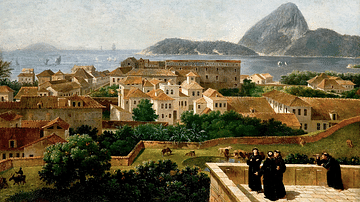
Definition
Portuguese Brazil
With a wealth of natural resources, Brazil was by far the most important colony in the Portuguese empire and was, at one time or another, the world’s leading producer of sugar, diamonds, and tobacco. Colonised from the 1530s, most settlements...

Definition
Portuguese Empire
The Portuguese Empire was established from the 15th century and eventually stretched from the Americas to Japan. Very often a string of coastal trading centres with defensive fortifications, there were larger territorial colonies like Brazil...
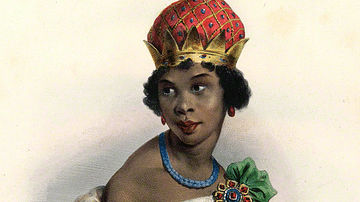
Definition
Portuguese Angola
Portuguese Angola in southwest Africa was the first European colony on that continent. While settlement from 1571 proved problematic in the interior, the Portuguese did obtain a large number of slaves which they shipped to their Atlantic...

Image
Rio, Portuguese Brazil
An 1816 painting of Rio de Janeiro. Rio was made sole capital of Portuguese Brazil in 1763. Painted by Nicolas-Antoine Taunay. (Museu Nacional de Belas Artes, Rio)

Image
Dutch Ship in Recife, Brazil
A c. 1640 painting showing a Dutch ship in the harbour of Recife, Portuguese Brazil. Painted by Abraham Willaerts. (Het Scheepvaartmuseum, Amsterdam)
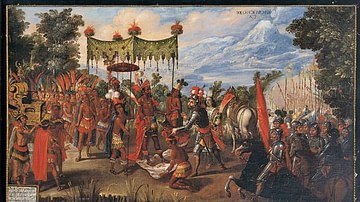
Article
The Iberian Conquest of the Americas
European explorers began to probe the Western Hemisphere in the early 1500s, and they found to their utter amazement not only a huge landmass but also a world filled with several diverse and populous indigenous cultures. Among their most...

Article
Slavery in Plantation Agriculture
The first plantations in the Americas of sugar cane, cocoa, tobacco, and cotton were maintained and harvested by African slaves controlled by European masters. When African slavery was largely abolished in the mid-1800s, the center of plantation...
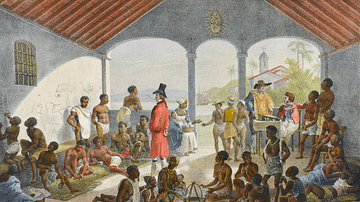
Image
Slavery in Brazil
A painting of a slave market in Portuguese Brazil by Jean-Baptiste Debret from an original 19th-century engraving by Johann Moritz Rugendas.
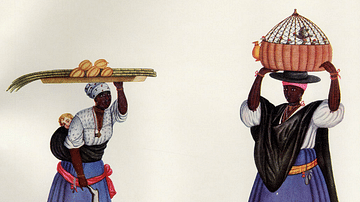
Image
Slave Women, Brazil
A c. 1770 illustration by Carlos Julião showing enslaved market women in Rio de Janeiro, Portuguese Brazil.

Article
Life on a Colonial Sugar Plantation
Raising sugar cane could be a very profitable business, but producing refined sugar was a highly labour-intensive process. For this reason, European colonial settlers in Africa and the Americas used slaves on their plantations, almost all...